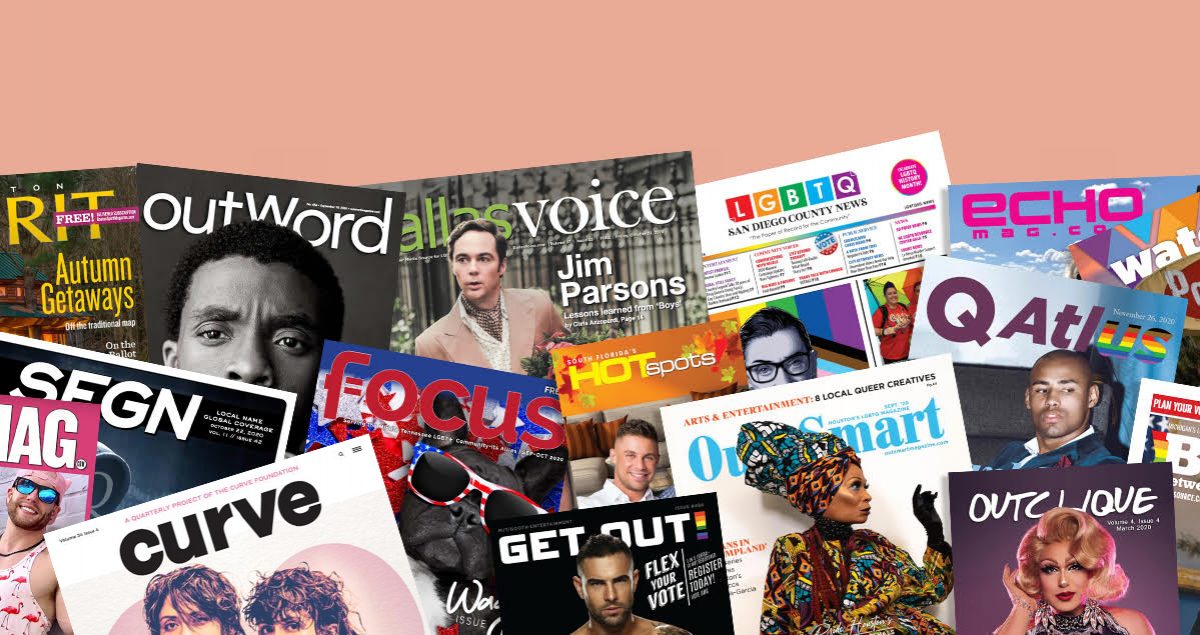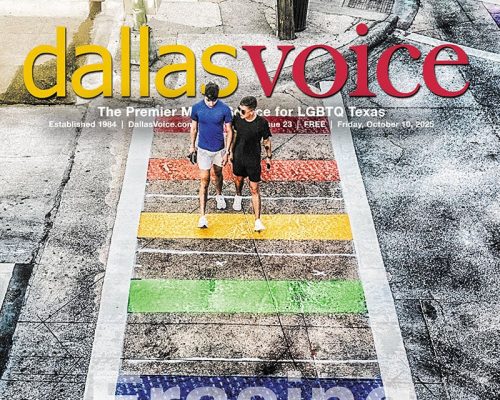
The LGBTQ+ Media Mapping Project releases report showing outlets in need
by Joe Siegel
The LGBTQ+ Media Mapping Project has released an in-depth look at local LGBTQ media, with in-depth analysis of all aspects of their reach, size, impact and increasing need in a hostile and threatening political and cultural climate for LGBTQ+ people.
Some key findings from the report include:
LGBTQ media outlets run the gamut in size and scope — from one-person operations struggling to cover their local communities with limited resources to multimedia efforts producing nationwide and diverse coverage on numerous platforms;
Most local LGBTQ media outlets are in crucial need of additional resources to do the work needed. It is clear that in the current climate, most are facing shortfalls and decreases in advertising and sponsors that have increasingly cut back on marketing efforts that target diverse communities, including LGBTQ markets;
Very few LGBTQ media receive any substantial amount of foundation support, even as the industry is experiencing increased focus on philanthropy in journalism;
In addition to the economic impact of a hostile political and cultural climate, many outlets are experiencing external threats, with some writers and sources asking to have their names removed from stories, a trend that is widespread across LGBTQ organizations.
The initiative was created in partnership by the John D. and Catherine T. MacArthur Foundation; Local Media Foundation; News Is Out, a national collaborative of leading local LGBTQ news publishers; and the Center for Community Media at the Craig Newmark Graduate School of Journalism at the City University of New York.
Tracy Baim, co-author of The LGBTQ+ Media Mapping Project report, noted the gaps in LGBTQ news coverage throughout the country. There are many rural communities with little to no information on what’s happening in their state.
“The gaps are [at] existing publications that need more resources to either expand their coverage or at least to do their coverage well in their town,” Baim said. “We need strategic thinking about the best way to fill those gaps.”
Many LGBTQ publications, including ones which are national, are working with either minimal staff, freelancers, or volunteers.
“That’s not a way to stabilize for the long term,” said Baim, co-founder of Chicago-based Windy City Times and executive director of Press Forward Chicago. “This is what was shocking to me: how many [publications] were operating on a shoestring [budget].”
LGBTQ publications dealing with declining revenues need to become more creative in order to sustain themselves, Baim explained.
“As advertising goes down, the answer is not to fully rely on philanthropy, the answer is to diversify the revenue streams,” Baim said. “There are great trainings out there to teach about fundraising and also look into tapping into local networks. I think there are good people out there that want to help. We have to figure out a way to ask strategically for what that might be.”
Leo Cusimano, owner and publisher of Dallas Voice, added, “The Media Mapping Project proves what many of us have long known — LGBTQ+ media are indispensable. For too long, our role, especially at the local level, has been under-documented and underfunded. This groundbreaking research not only shines a light on our impact but also gives funders, partners, and community members the roadmap to ensure queer media continue to thrive.”
While the main emphasis has been on local LGBTQ media, this report also includes a separate survey of national LGBTQ media. However, the mapping portion is for local media only, given that national media serve a nationwide audience.
The map is hosted on the Craig Newmark Graduate School of Journalism website at https://lgbtqmediamap.journalism.cuny.edu/
To read the full report, go to https://newsisout.com/lgbtq-media-mapping/ .
TOP STORY
Volume 27
Issue 8








